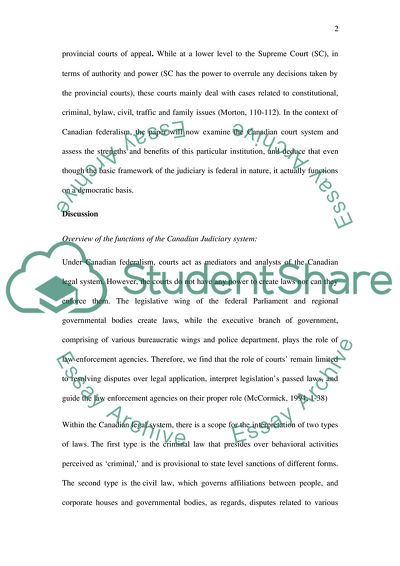Cite this document
(Canadian Federalism: Canadian Judiciary System Coursework, n.d.)
Canadian Federalism: Canadian Judiciary System Coursework. https://studentshare.org/politics/1765775-canadian-federalism
Canadian Federalism: Canadian Judiciary System Coursework. https://studentshare.org/politics/1765775-canadian-federalism
(Canadian Federalism: Canadian Judiciary System Coursework)
Canadian Federalism: Canadian Judiciary System Coursework. https://studentshare.org/politics/1765775-canadian-federalism.
Canadian Federalism: Canadian Judiciary System Coursework. https://studentshare.org/politics/1765775-canadian-federalism.
“Canadian Federalism: Canadian Judiciary System Coursework”. https://studentshare.org/politics/1765775-canadian-federalism.


